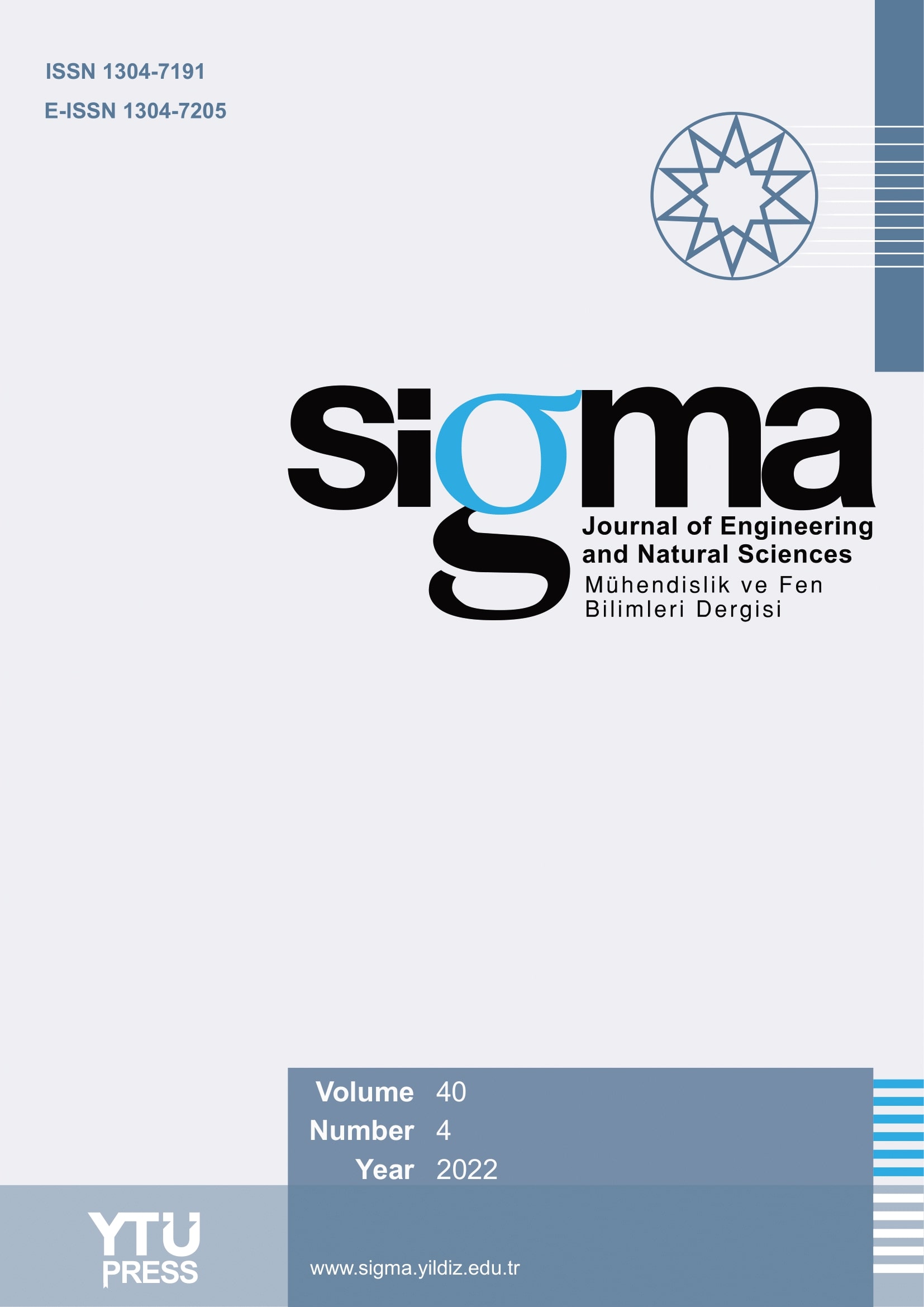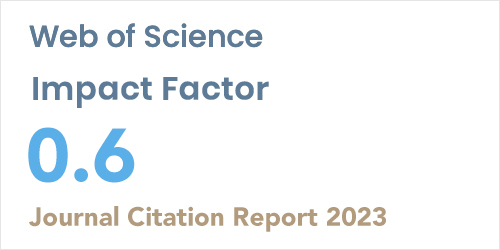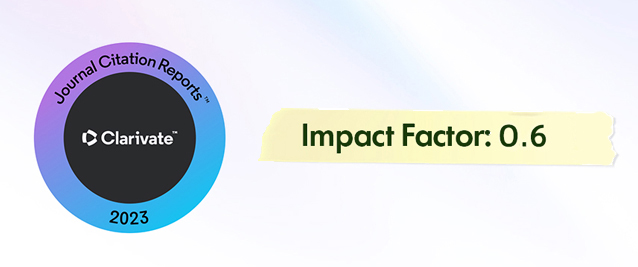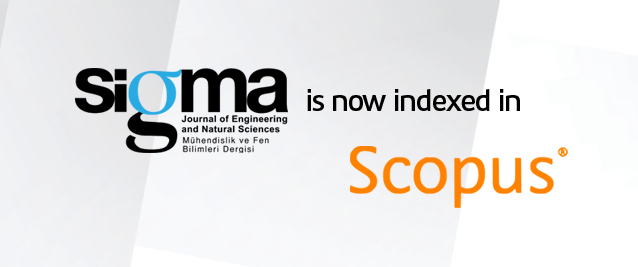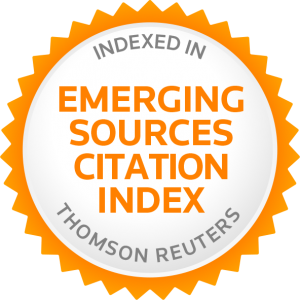2Department of Electronics and Communication Engineering, GIET Engineering College, Rajamahendravaram 533296, India.
3Department of Electronics and Communication Engineering, Sri Vasavi Engineering College, Tadepalligudem, 534101, India
4Department of Electronics and Communication Engineering, KKR & KSR Institute of Technology and Sciences, Vinjanampadu, 522017, India
Abstract
Generalized Frequency Division Multiplexing (GFDM) is a new method for transmitting data in blocks. It is being considered for 5G because it offers better spectral efficiency, lower latency, and more scalability than Orthogonal Frequency Division Multiplexing (OFDM). However, GFDM still faces a problem with high Peak-to-Average Power Ratio (PAPR), which can reduce the system’s performance.Therefore, we proposed Moving Average Filtering (MAF) scheme to reduce the high PAPR of the GFDM signals. LAMF operates by taking an average number of GFDM-modulated signal sample points to produce the smoothed output sam-ple points. The computed smoothed values reduce the random high peak noise samples that depend on the length of the filter. In this article, we presented the mathematical analysis of the PAPR of the GFDM signal and the design of a linear average moving filter. The proposed scheme’s PAPR and symbol error rate (SER) is compared with different filter lengths and tra-ditional techniques. The proposed scheme’s PAPR and Symbol Error Rate (SER) are com-pared with different filter lengths and traditional techniques. Our findings demonstrate that the PAPR of the MAF_GFDM signal is reduced to 3.22 dB at CCDF = 10−3 with a filter length L=64, while the symbol error rate is improved to 0.5×10−4. Additionally, the minimum mean square error estimation method is identified as the best estimator, achieving a very low symbol error rate (0.001) at a signal-to-noise ratio of 11 dB. These simulation results obtained us-ing MATLAB demonstrate the effectiveness of the proposed scheme in significantly reducing PAPR and improving SER.


